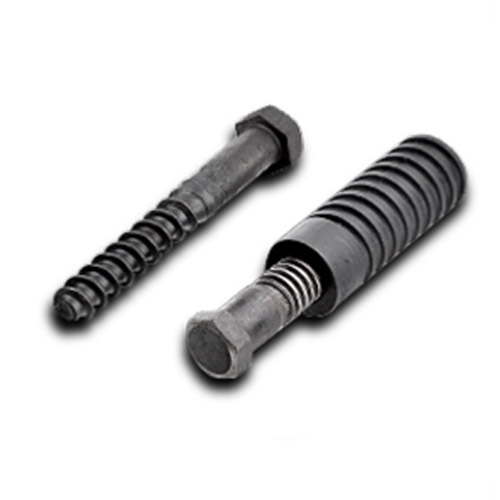1 Inch Ball Valve with Drain for Efficient Fluid Control System
Understanding the 1 Inch Ball Valve with Drain A Comprehensive Overview
In the vast field of plumbing and fluid control, ball valves play a crucial role in regulating the flow of liquids and gases. One specific type, the 1 inch ball valve with drain, is a vital component in many applications, offering both precision control and maintenance convenience. This article aims to provide a detailed understanding of the 1 inch ball valve with drain, its functionalities, applications, and advantages.
What is a Ball Valve?
A ball valve is a type of flow control device that uses a spherical disk, known as a ball, to control fluid flow. The ball has a hole through the center, enabling or blocking the flow depending on its position. When the valve handle is turned, the ball rotates, allowing for quick and efficient control over the medium being transported. This design ensures a reliable seal and minimal resistance to flow, making ball valves a popular choice in various systems.
The Structure of a 1 Inch Ball Valve with Drain
The 1 inch designation refers to the nominal size of the valve, specifically the diameter of the pipe it connects to. In this case, the ball valve is designed to fit pipes that have a one-inch diameter. The inclusion of a drain feature is particularly noteworthy. This allows for easy drainage of the fluid from the valve body or connected piping, making maintenance and cleaning processes much simpler.
Typically, a 1 inch ball valve with drain consists of various parts, including
1. Body The main structure of the valve, often made of brass, stainless steel, or PVC, depending on the application and the type of fluid being transported. 2. Ball The spherical element that controls flow, often also constructed from durable materials to withstand pressure and corrosion. 3. Seats These help create a tight seal around the ball to prevent leaks. 4. Handle The lever used to operate the valve. 5. Drain Port A secondary outlet that allows for the controlled release of fluid from the valve.
Applications of 1 Inch Ball Valves with Drain
1 inch ball valves with drain are widely used in various industries, including
1 inch ball valve with drain

- Residential Plumbing In homes, these valves can control water supply to different fixtures and appliances, and the drain function allows for easy maintenance when necessary. - Agriculture Farmers utilize these valves in irrigation systems to manage water flow efficiently, ensuring crops receive the necessary hydration while being able to drain systems when not in use or during maintenance.
- Manufacturing and Industrial Applications In factories, these valves are crucial for managing fluids in processes, ensuring safe operation and easy cleaning.
- HVAC Systems They can regulate the flow in heating and cooling systems, providing comfort while allowing for maintenance without extensive downtime.
Advantages of Using 1 Inch Ball Valves with Drain
1. Simplicity of Operation Ball valves are known for their ease of use. The handle can be quickly turned to open or close, making them user-friendly.
2. Durability Made from robust materials, these valves can withstand harsh environments and chemicals, ensuring long service life.
3. Leak Prevention The design provides a tight seal, greatly reducing the chances of leaks, which is critical in maintaining system integrity.
4. Drain Feature The ability to easily drain fluids minimizes the hassle during maintenance procedures, preventing spills and promoting a safer work environment.
In conclusion, the 1 inch ball valve with drain serves as an indispensable tool in various fluid control applications. Its design, functionality, and ease of maintenance make it a preferred choice for many industries. Whether in residential plumbing, agriculture, or manufacturing, these valves contribute significantly to operational efficiency and safety. As technology continues to evolve, the importance of such mechanisms will only grow, making their understanding essential for professionals and enthusiasts alike.
-
The Key to Fluid Control: Exploring the Advantages of Ball Valves in Industrial SystemsNewsJul.09,2025
-
The Versatile World of 1, 2, and 3 Piece Ball ValvesNewsJul.09,2025
-
Stainless Steel Ball Valves: The Ideal Choice for Efficient Flow ControlNewsJul.09,2025
-
Optimizing Fluid Control with Ball Float ValvesNewsJul.09,2025
-
Manual Gate Valves: Essential for Control and EfficiencyNewsJul.09,2025
-
Everything You Need to Know About Butterfly ValvesNewsJul.09,2025
-
The Versatility of Wafer Type Butterfly ValvesNewsJul.08,2025




